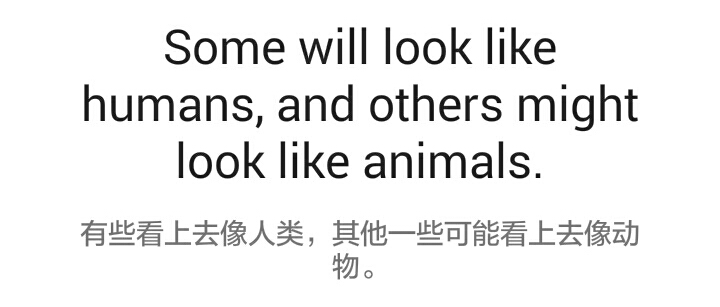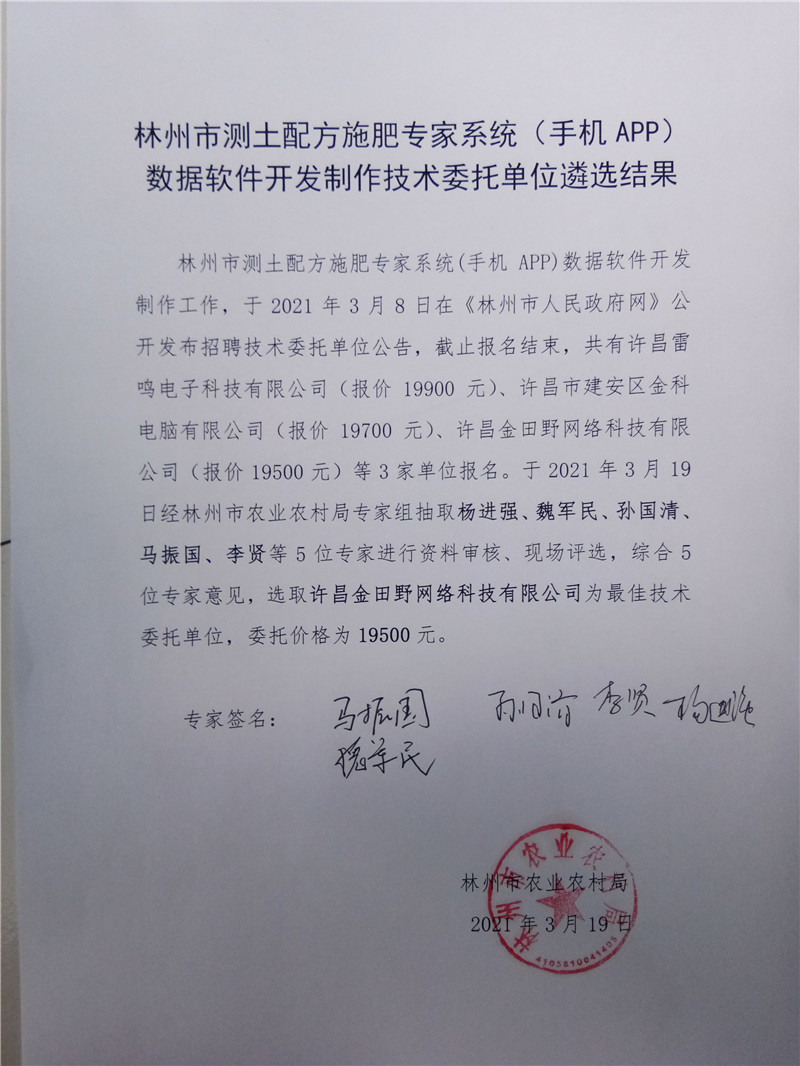5月31日用英语表示为“May 2nd, June (in the Gregorian calendar)”或简写形式 “June Fool's Day”,这一天在公历中是6月的第二天,但在西方文化中被戏称为愚人节(April fool’ s day),因为其日期格式与4月份的写法相同,虽然实际上它属于五月的一部分但被视为一个恶作剧和玩笑的日子而闻名于世
In the annals of dates, May is often a month that carries with it an array of cultural significance across different parts of our world. Among these days in particular stands out '5月三十一日' (or more accurately written as '五月三十一日)', which translates to its equivalent date on Western calendars: “May thirty-first or simply ‘the last day’of this vibrant monsoon season.” This phrase not only denotes one specific moment but also evokes memories associated specifically within Chinese culture—a blend between traditional customs observed by families during Children‘s Day celebrations alongside other unique practices exclusive solely at midyear culmination points like summer soltice preparations. Herein lies both linguistic nuances explored through translation lenses while delving into broader implications beyond mere calendar notation towards societal dynamics linked thereto."





 京公网安备11000000000001号
京公网安备11000000000001号 京ICP备11000001号
京ICP备11000001号